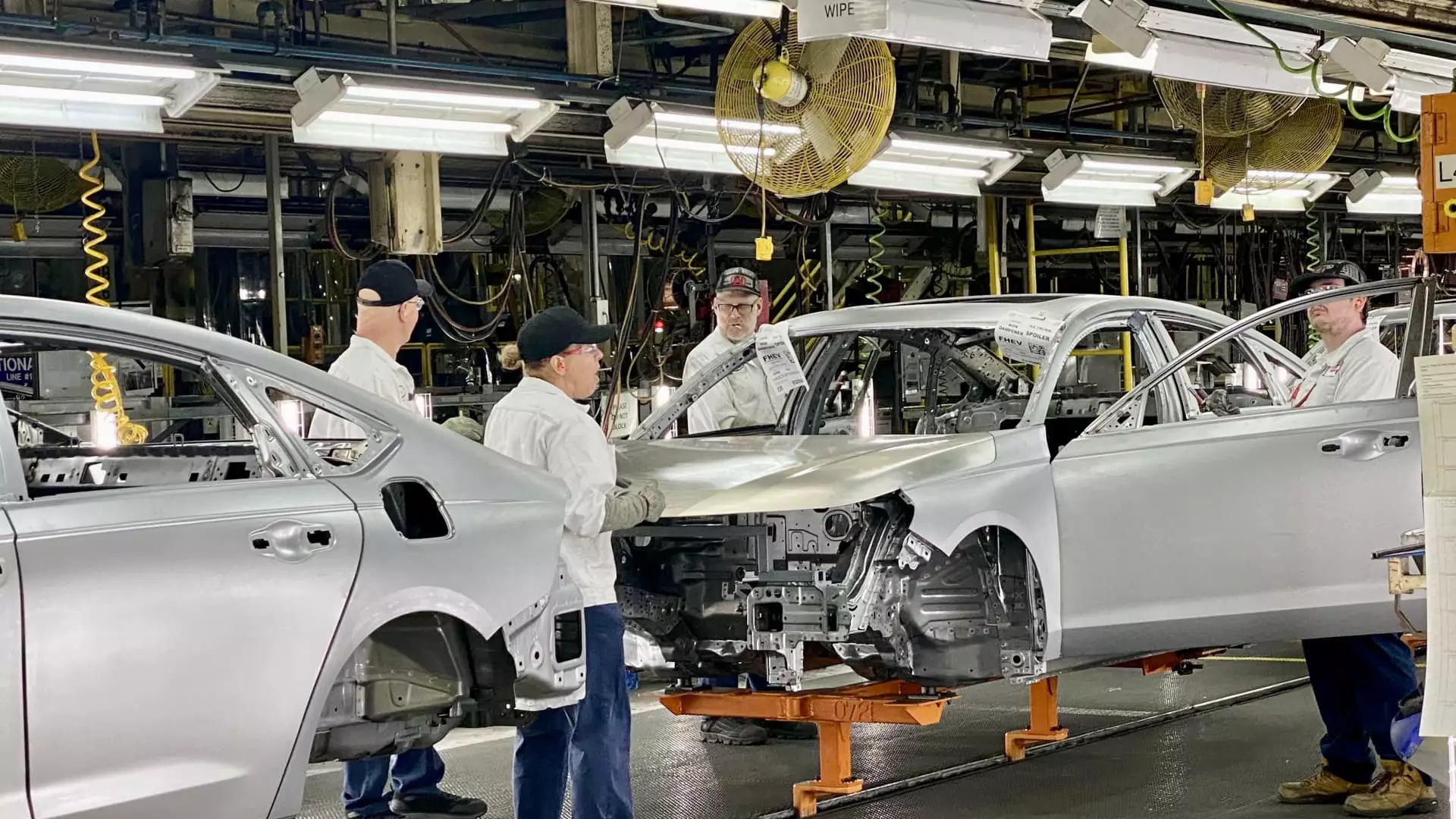Honda Motor Co., a name synonymous with innovative automotive production for 75 years, is making significant strides in a location that may seem unconventional for such a legacy: Ohio. As the company continues to adapt to a rapidly changing automotive landscape dominated by electric vehicles (EVs), it has announced plans to invest over $1 billion in its Ohio operations. This expansion, initially set at $700 million, highlights Honda’s commitment to reshaping its production strategies away from its traditional Japanese roots and towards a more localized approach in the U.S.
Honda’s substantial investment comes during a pivotal time in the automotive industry, just as manufacturers are prioritizing domestic production in response to economic pressures and policy changes. These investments are not only an acknowledgment of the evolving market but also serve as a direct response to the Biden administration’s push for onshoring manufacturing jobs. Central to this plan are major upgrades, including the introduction of six “giga presses,” machines initially popularized by Tesla for their ability to dramatically streamline manufacturing processes.
These presses will facilitate the company’s transition to producing electric vehicle batteries and other components directly within Ohio, further establishing a regional EV manufacturing hub. The Marysville Auto Plant is set to become a cornerstone for this initiative, capable of producing traditional vehicles, hybrids, and EVs on the same line. Mike Fischer, Honda’s North American lead for battery electric vehicle projects, highlighted the importance of this hub by asserting it will set the global standard for EV production technologies and processes.
Historically, Honda’s major manufacturing innovations began in Japan before being rolled out globally. However, this shift in strategy signals a profound transformation in how the company approaches EV production. By positioning Ohio as the linchpin of its electric vehicle strategy, Honda is directly addressing the changing dynamics of the automotive world, where EVs are becoming a necessary focus for all major manufacturers.
With the ambitious goal of achieving carbon neutrality by 2050 and exclusively offering zero-emissions vehicles by 2040, Honda is clearly aligning itself with broader environmental goals. This contrasts starkly with other automakers that have either delayed or abandoned similar commitments. Honda’s emphasis on sustainability is tangible, with plans to develop battery packs from structural aluminum, a material that is not only lightweight but also recyclable.
Another key component of Honda’s strategy is its investment in cutting-edge manufacturing technologies such as the previously mentioned “giga casting” machines. These gigantic machines are capable of producing large components by pouring molten metal into molds under extreme pressure. The benefits are twofold; they reduce the number of components that must be welded together, thus saving time and cutting costs, while also improving the structural integrity of the final product.
This revolutionary production method, borrowed and adapted from Tesla’s manufacturing techniques, highlights Honda’s commitment to continuous innovation. Currently, Honda’s presses in Ohio max out at 3,500 tons of force, significantly below the new installations. By vastly increasing this capacity, Honda aims to enhance both efficiency and production capabilities, accommodating the burgeoning demand for EVs.
In addition to these capital investments, Honda is rethinking its production framework altogether by adopting a flexible manufacturing model. Nearly 60 new “cells” will allow for battery assembly to occur parallel to the main assembly line, minimizing disruptions and increasing manufacturing reliability. This shift in methodology signifies a broader trend in the automotive industry towards more adaptive and resilient production systems—an approach that future-proofs Honda’s operations.
As Honda’s Ohio hub prepares to roll out new models like the all-electric Acura RSX, the company is determined to remain competitive in a quickly evolving market space. The anticipated production of 220,000 vehicles per year at the Marysville facility reflects a significant ramp-up in capabilities designed to meet both regional and global demand for electric vehicles.
As Honda embarks on this unprecedented journey, the company’s self-designated “second founding” stands as a testament to its ambitious vision. By investing over $1 billion in Ohio, Honda is not just adapting to the present landscape; it is actively reshaping the future of its manufacturing processes. Through these initiatives, Honda sets itself on a path toward sustainable production while reinforcing its commitment to innovation and environmental responsibility. The implications of these changes promise to extend well beyond Ohio, potentially influencing Honda’s global manufacturing strategies for years to come. With a clear vision and substantial investments, Honda aims to cement its position as a leader in the electric vehicle evolution.

